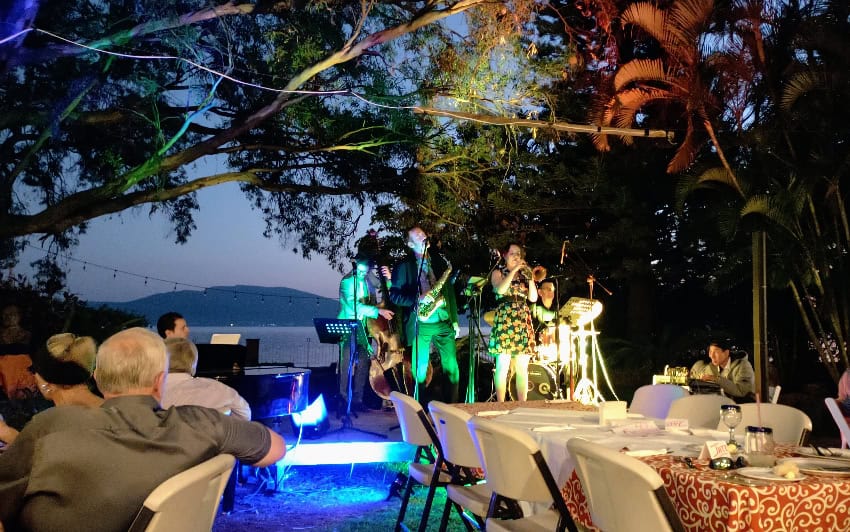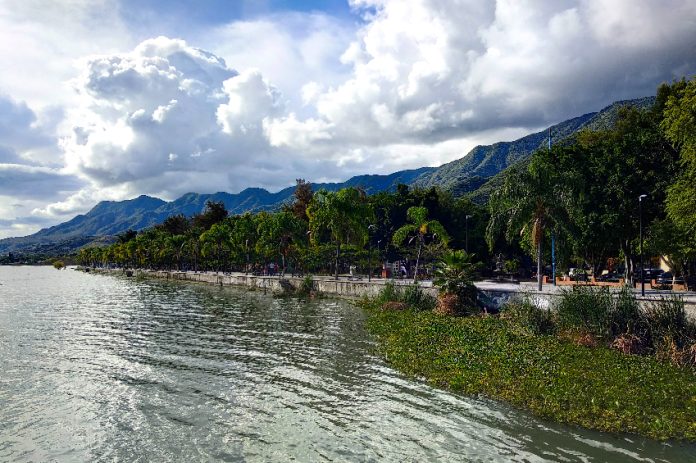As a reader of Mexico News Daily, you likely have a passing interest in what it’s like to live in Mexico. Foreign-born residents likely live in all 32 of Mexico’s states. But some places come closer to satisfying the needs of aging baby boomers than others.
My happy place is in Jalisco state, home to many of Mexico’s emblematic destinations, attractions and cultural touchstones. It’s the place that gave the world tequila, mariachis, Puerto Vallarta and Guadalajara. Jalisco also launched the Mexico-for-overseas-living movement and is home to the iconic Lake Chapala.
Chapala is both a town and the name of Mexico’s largest lake. Tucked between shoreline and sierra (mountains) is a string of colorful colonial-era villages. A ribbon of lake-facing settlements and gated real estate communities has been hosting foreign-born residents for nearly 100 years, while also drawing throngs of weekend visitors from Mexico’s second-largest metropolitan area, Guadalajara.
What’s the attraction? The folks living here (a culturally diverse bunch from over 30 countries) will immediately point to the splendid weather (comfortable year-round temperatures and very low humidity), proximity to an international airport and a bonanza of ways for active baby boomers to embrace the one question to seriously consider when moving to a foreign country: how will I spend my time?
The region is a fascinating laboratory of multiculturalism — home to thousands of foreign-born year-round residents who fall into one of two groups: the baby boomer “do-gooders,” who stay active by volunteering, interfacing as best they can with their Mexican neighbors and frequenting spaces like the Lake Chapala Society’s downtown Ajijic “campus,” weekly markets, performing arts venues and more. The restaurant scene is robust, if not first rate. Another group lives here primarily for the good weather (homes here do not generally need air conditioning nor heating) and affordability, and the opportunity to casually connect with their Mexico surroundings.

The epicenter of staying busy is Ajijic, with a population of 12,000. This number doesn’t include the estimated 4,000 foreign-born year-round residents and thousands more seasonal visitors. Founded in 1531 and wedged between steep mountains and the Lake, Ajijic’s kilometer-long lakeside malecón (pier) is a delight at all hours. The lake faces numerous challenges, however, mostly resulting from pressures upstream and the Rio Lerma watershed. It’s a magnificent body of water, but rarely do humans disrupt its calm surface or explore its shallow depth.
Ajijic’s prosperous central plaza is dominated by a gazebo adorned with lake-inspired cement motifs, an 18th-century chapel, a cultural center and mural art. Its murals are a legacy with ties to a children’s art program, launched by American Neill James in the 1950s and still in operation today. James arrived in Ajijic in 1943 and stayed for 50 years, opening the first Spanish-language library, sponsoring silkworm looms that employed village women and spearheading various philanthropic initiatives.
Calle Colón bisects the villages from north to south and connects the plaza with the lakefront. Colón is lined with art galleries displaying works by Mexican and foreign-born artists, real estate offices and clothing boutiques. There are surprisingly few museums or colonial-era structures here, reflecting the village’s historic isolation (the first roads connecting the village to the outside world came as late as the early 1950s) and fishing village heritage.
There are hiking trails crisscrossing the lake-facing mountains, a 30-kilometer protected bike path and morning kayaking from the Ajijic waterfront. Thermal swimming pools (balnearios) are just a short drive west of Ajijic, in the village of San Juan Cosalá.

Many of us living here enjoy the three live theater companies, symphony orchestra, 50-member choir, and Jalisco state performing arts center, in addition to the numerous secular and religious cultural traditions. As for where to stay, you won’t find any sprawling resorts or large hotels here in Ajijic.
Visitors typically stay in Airbnb rentals or small inns sprinkled along central Ajijic’s crumbling cobblestone streets. Gated communities and dozens of residential developments mix foreign buyers with affluent tapatíos (people from Jalisco), who generally occupy their homes on weekends and holidays.
The foreign “invasion” is not without impact, however. Gentrification has brought changes in ways good and bad. Rising prices for real estate and rentals weigh heavily across the entire northwest Lakeshore region, impacting Mexican residents particularly. Residential water wells are being tapped out; traffic congestion through Ajijic and into Chapala is worsening.
A partial positive counterweight is the economic impact of foreign spending that goes into the hands of residents and business owners. Dozens of social services, animal rescues and educational efforts strive to mitigate some of these externalities, offering residents volunteer opportunities that are having positive impacts.
Take in the world’s best weather and international intermingling in the town of Chapala and the villages of San Antonio Tlayacapan, Ajijic (now a Pueblo Mágico), San Juan Cosalá and Jocotepec. All this and more begins a short 30-minute drive from the Guadalajara International Airport.
Of all the “happy places” you may consider parachuting into, I’ve found mine along the northwest shore of Mexico’s largest natural lake.
Greg Custer has lived lakeside since 2015, operates Ajijic Walking Tours and consults with folks exploring Mexico for overseas living. He is a regular contributor reporting on the Lake Chapala/Ajijic region for Mexico News Daily.
